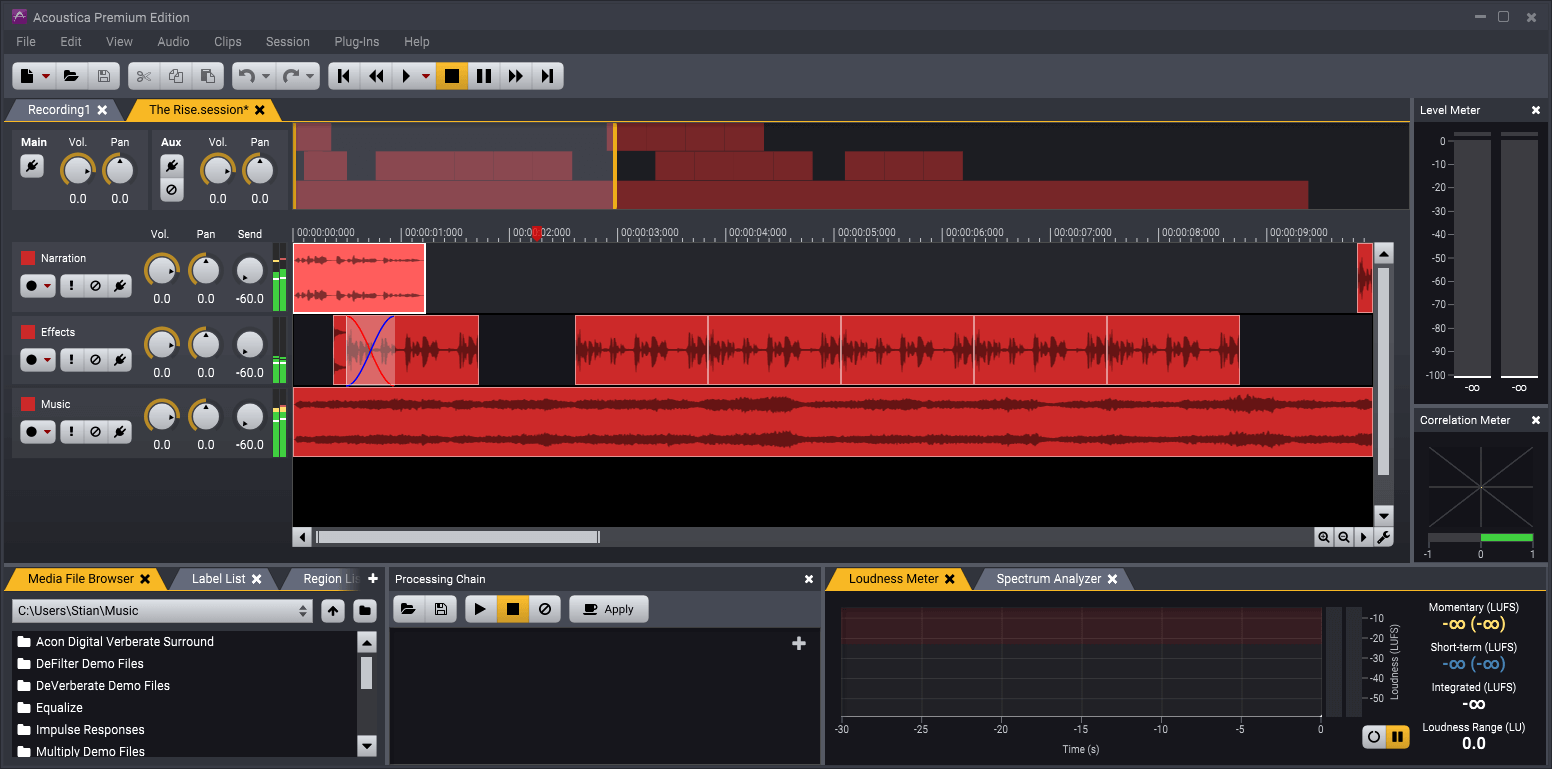

Ackermann suggested that increased pitch levels observed in dysarthric subjects may be related not to altered vocal tension but to altered sensory feedback from the laryngeal structures such that increased vocal effort is used by the ataxic speaker to overcome the sensory disturbance. showed smaller vowel space areas in speech of amyotrophic lateral sclerosis patients compared with neurologically normal subjects. Canter reported a higher F0 level and reduced F0 range in speech of patients with PD. proposed smaller F0 difference in Parkinson patients compared to normal subjects. examined F2 characteristics for PD and normal subjects and found flatter F2 transition rates in the PD patients. reported that F1 and F2 transition rates were flatter in extrapyramidal dysarthria compared to control subjects. Speakers with Parkinson's disease (PD) were found to have reduced F1–F2 vowel space, compared to control speakers. Zwirner and Barnes reported increased variability of first formant (F1) values during vowel prolongations. Formant analysis which is considered as a function of vocal tract can be affected by deficits in articulatory control and mobility of the same. F0 variability seen in parkinsons disease is seen during prodromal phase of illness can be used as a useful biomarker to evaluate the efficacy of pharmacological interventions in early disease process. This finding was most consistent in the reduced intonation in the early phases. Pathophysiological changes early in the course of the parkinsonism can lead to changes in the ability of the central nervous system to control the musculature of the speech apparatus. Speech is produced when air from the lungs is modulated by the vocal cord and vocal tract.Īcoustic characteristics of different types of dysarthria

The Mayo Clinic classification of dysarthria includes six categories: (1) FLACCID, (2) spastic and “unilateral upper motor neuron (UMN),” (3) ataxic, (4) hypokinetic, (5) hyperkinetic, and (6) mixed dysarthria. In our study, we tried to identify a pattern among types of dysarthria by pattern recognition and to see whether any acoustic parameter correlated with the clinical severity. There is wide subjective variability in assessment of dysarthria between different clinicians. Although there have been several attempts to improve speech recognition for dysarthric speakers, and other attempts to integrate articulatory knowledge into speech recognition, these efforts have not until recently converged. Dysarthria refers to a group of speech disorders resulting from disturbances in muscular control over the speech mechanism due to damage of the central or peripheral nervous system.


 0 kommentar(er)
0 kommentar(er)
